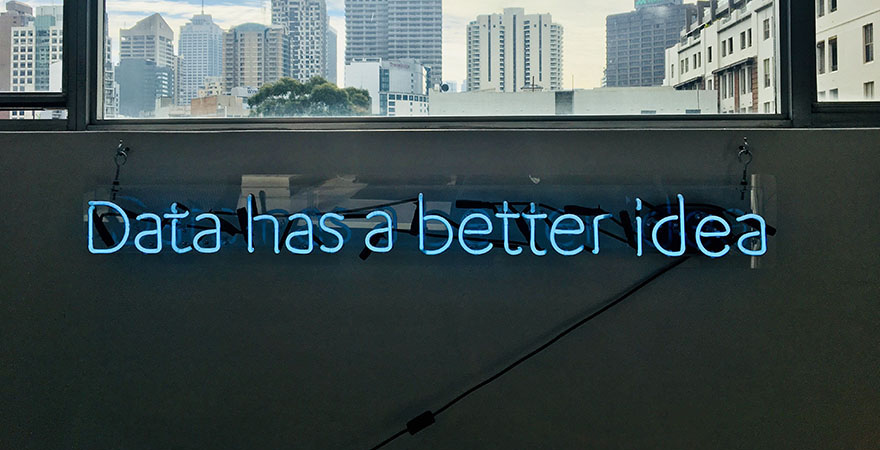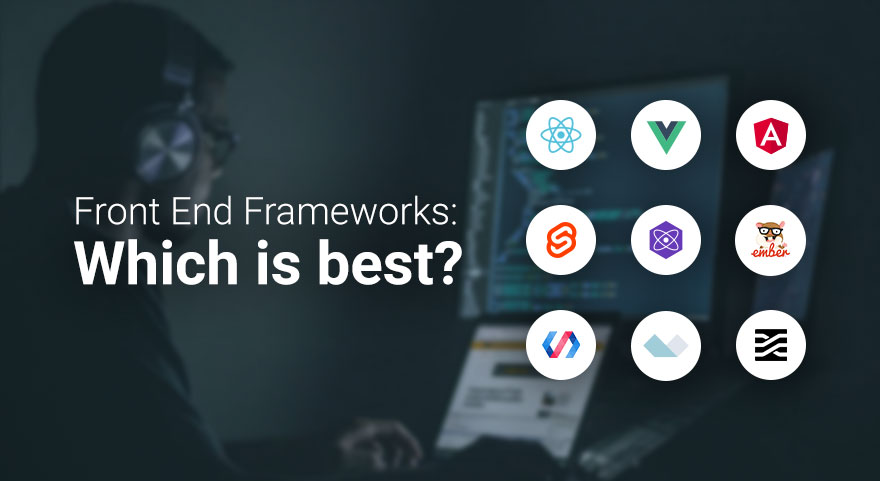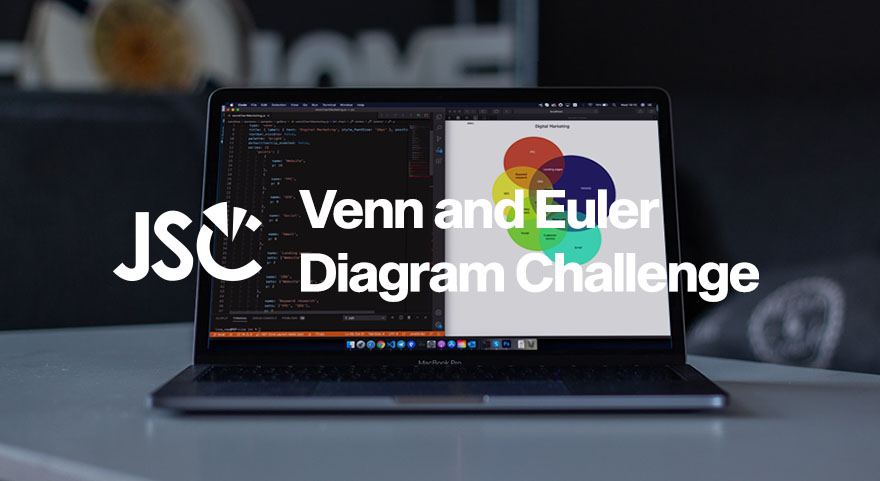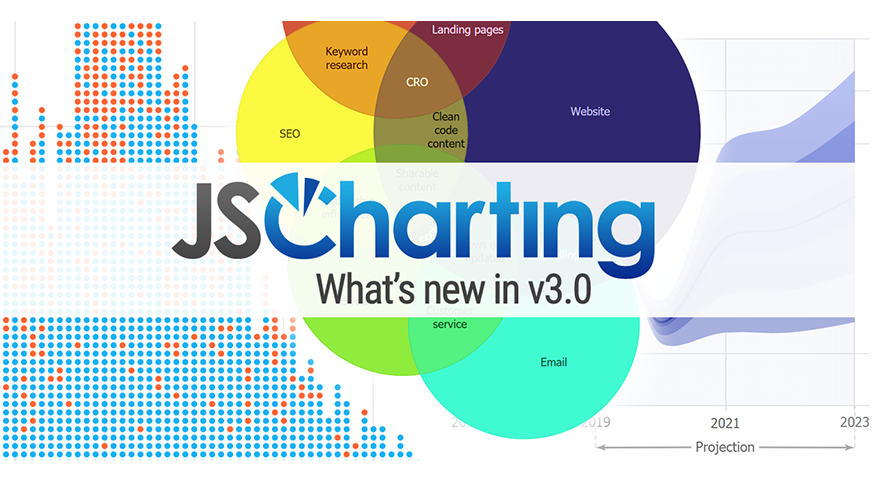Data is everywhere. Gathering data is the initial challenge and the next is transforming that data into useful information through analysis and classification. After its classification, the next obstacle is how best to present this information in a way that can be understood easily by everyone.
Data visualization is one way to arrange classified data into a form that helps understand a group of related data. The best data visualization method depends on the type of users, the type of data collected, and the type of resources available.
Data visualization design has helped companies come up with effective and, sometimes, profitable solutions to their problems. With technological advancements, innovative interventions aid in the data visualization creation and have made it possible for companies to choose from a variety of data visualization options.
Data visualization software aids in cost-effective and time-efficient collection, classification, arrangement, and presentation of data.
The acquisition of the right data visualization tools should be carefully planned and studied. You should consider the company’s needs and standard requirements to help determine the features you actually need. By understanding the importance of data visualization in your business, you can maximize your ROI and solve common challenges.
How VR Software can Boost Data Visualization
VR or virtual reality technology offers its users an opportunity to experience 3D viewing capabilities compared to the 2D experience provided by flat screens. Virtual reality software statistics shows that "providing real-time information" and "mirroring real-life experiences for training" are among the top benefits of this technology in the workforce.
The following are additional ways that VR can help improve data visualization:
1. Viewers of data visualizations will have fewer distractions.
Since VR takes up the entirety of your vision, you will be provided with no distractions as the concentration of your vision will be on the data visualization. VR can help locate objects of interest through virtual manipulation of the 3D view.
VR technology offers fewer interruptions when data is being viewed since the user can set various settings that tune out the outside world. VR data visualization also allows the viewer to closely see the real scale or measure of the actual amount of data compared to the less effective view of data visualizations on 2D screens.
2. More space is provided.
For 2D screens like computer monitor screens, the space provided for data visualizations is limited to the space of the screen. With VR technology, the entire 360-degree view provided by the VR environment is made accessible for viewing your data visualization.
As a larger space is made available for viewing, a better understanding of the content of the data visualization is achieved. It can also be more convenient to view the entirety of the data visualization because its view is not limited to the screen of a 2D monitor. Finally, as the view of the data visualizations are situated in a large and realistic environment, users will be able to formulate conclusions more timely and effectively.
3. Multi-dimensional data visualization analysis is made possible.
With the audio capabilities of VR technology, users can interpret and analyze data visualizations through the assistance of audio content. The data shown in a VR screen is provided with more detail in the relevance and location of certain data through the volume, kind, and direction of the sounds incorporated in the data visualizations. Technological advancements have also made it possible for VR users to “feel” the data in some situations through the use of haptic feedback through gloves or controllers.
The capability of incorporating hearing and other senses in viewing data visualizations in VR adds to the quality of the participation of its users. This enhances the experience with data and provides better tools for making conclusions.
4. Greater bandwidth for data processing
VR technology is designed and is still being developed to work effectively with the optic nerve function and structure of humans. Visualization techniques are being developed by various companies to provide VR users with a stimulating 3D view of data visualizations that coincides with the capabilities of the bandwidth of the human optic nerve.

VR Software Can Be a Great Complement for Data Visualization
Before deciding on the best all-in-one software for your business, you must make a thorough study and understanding of your data visualization needs and on how does virtual reality transform data that’s relevant to your business processes. VR can also be used to improve customer experience from building customer-centric experiences to understanding product performance better.
In a report by Techjury about the 35 virtual reality statistics that will rock the market in 2019, 78% of Americans are familiar with VR technology now. So the use of VR in data visualization will continue to expand as the usage of this technology increases.
Virtual reality technology boosts data visualization experiences by providing fewer distractions, a wider view of data visualizations, multi-dimensional opportunities, and in the future, hopes to leverage greater bandwidth for processing data from data visualizations. VR's integration with data visualization strengthens the decision-making capabilities of its users while promoting business process effectiveness and time-efficiency, which helps stakeholders in making successful timely decisions.
As there are bottlenecks when deploying new software, companies must first research and prepare to successfully maximize the use of VR technology in data visualization.


